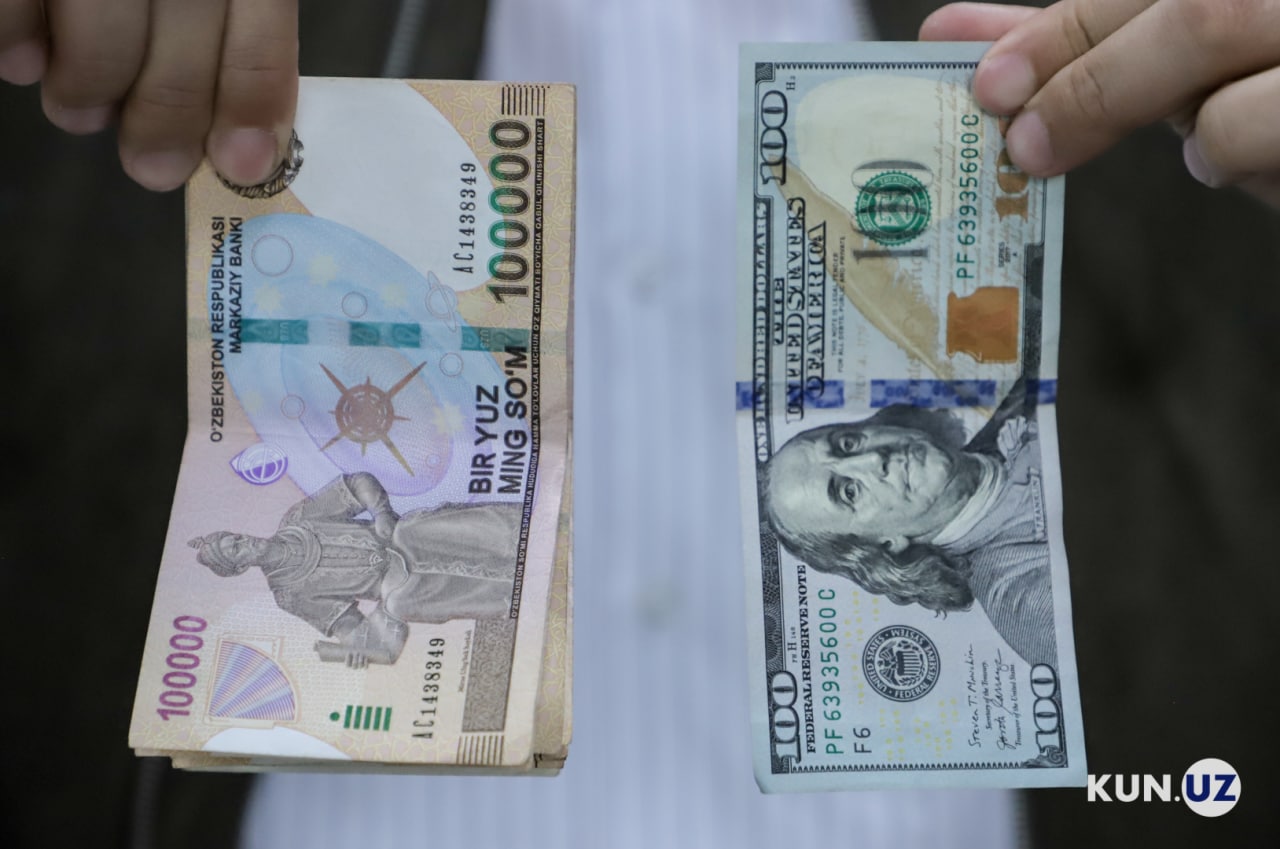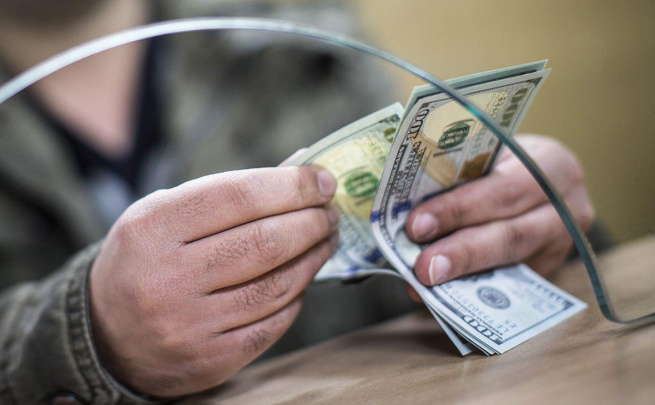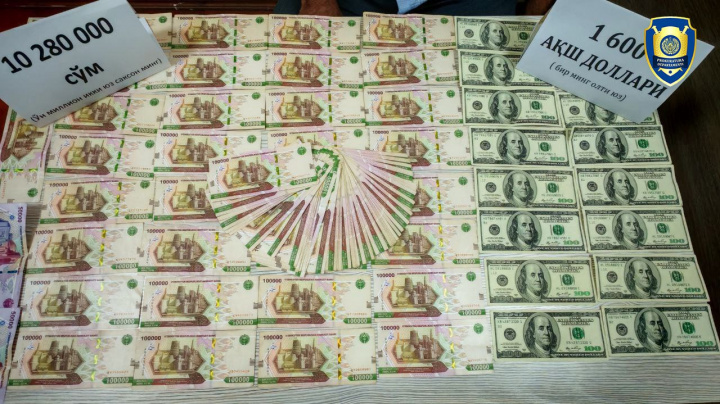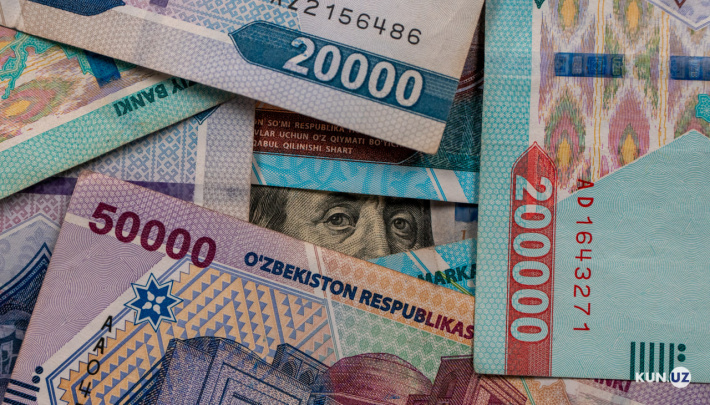Experts predict USD to reach up to 14,000 UZS by year-end
The UZS continues to depreciate slightly against the US dollar. Last month, the national currency lost less than 20 UZS (+0.15%).

Photo: Kun.uz
From January to April 2025, the UZS slightly weakened against the US dollar, according to data from the Central Bank reviewed by Spot.
In April, the national currency depreciated by just 19.97 UZS (0.15%), ending the month at 12,933.16 UZS per USD. In the first half of the month, the dollar gradually appreciated and neared the 13,000 mark for the first time since February 14. However, between April 17 and 23, the UZS strengthened by over 100 UZS before losing most of that gain by month’s end.
Despite fluctuations, most commercial banks kept the dollar rate below the psychological threshold of 13,000 UZS. Asaka Bank and Uzpromstroybank offered the highest buying rate at 12,920 UZS, while Davr Bank and InfinBank offered the best-selling rate at 12,950 UZS.
In 2024, the UZS depreciated by only 4.71% (581.78 UZS in absolute terms). Since the beginning of 2025, the currency has weakened by just 0.1% (12.68 UZS).
One factor behind the UZS’s relative strength is the sharp appreciation of the Russian ruble amid renewed dialogue between Russia and the US on resolving the conflict in Ukraine. Optimism around potential sanctions relief has reduced ruble risks. For example, on April 29, the Central Bank of Russia set the official USD rate below 83 RUB, while Uzbekistan’s central bank kept the ruble near two-year highs above 158 UZS.
A stronger ruble could support the UZS through increased foreign currency inflows. Russia is Uzbekistan’s second-largest trading partner and its top export market. In 2023, nearly 80% of $11.5 billion in remittances came from Russia.
A stronger ruble makes Uzbek goods cheaper for Russian buyers and boosts remittance volumes in USD terms. The Central Bank noted a “significant increase” in transfers in Q1.
Another possible factor strengthening the UZS is the weakening US dollar, whose index recently hit a three-year low due to US tariff policies. The euro reached a three-year high, including against the UZS, while declining confidence in the dollar drove investor interest in gold and other safe-haven assets.
The dollar rate could benefit in the near future from Uzbekistan’s issuance of nearly $1.5 billion in sovereign Eurobonds and from currency interventions amid record-high gold prices, which recently topped $3,500 per ounce. In Q1, gold exports totaled $3.57 billion, pushing reserves to a record high above $47 billion.
Last December, Spot consulted analysts about the UZS’s slower depreciation in 2024, the risks of appreciation, and key factors that may affect the exchange rate in 2025.
Experts expect the dollar to end the year in the 13,340–14,000 UZS range. The UZS will depend on gold sales and prices, foreign loans and investments, central bank policy, remittance volumes, import growth, and the state of the global economy.
Related News

12:46 / 18.07.2025
Foreign currency sales by citizens exceed purchases by $3.7 billion – CB

17:26 / 24.06.2025
Three arrested over attempt to sell counterfeit $20,000 for $14,000

12:38 / 20.06.2025
Police intercept attempt to sell counterfeit U.S. dollars in Syrdarya

14:42 / 29.05.2025



